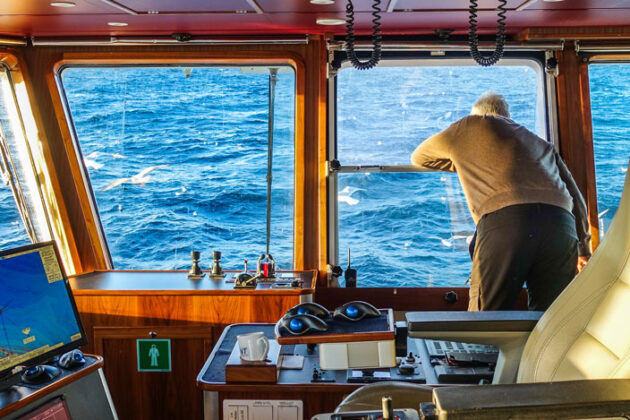Economic and environmental consequences of catch regulations

How do catch regulations affect catch efficiency, quality and fuel consumption? And how should the authorities avoid goal conflicts when more and more goals are to be achieved through catch regulations?
Start
01. Dec 2019
End
31. Jan 2021
Funded by
The Norwegian Seafood Research Fund - FHF
Cooperation
Sintef Ocean and Norges Arktiske universitet
Project Manager(s):
Other Participants:
The Norwegian management regime in the fisheries has always aimed to influence fishing behavior so that the fisheries become more sustainable. This project sheds light on how future catch regulations should be designed.
Several factors indicate that the authorities need to prioritize between different goals. This balancing becomes even more complicated when new goals are added.
The project draws attention to how the quality of the landings and reduction of greenhouse gas emissions can be achieved at the expense of catch efficiency.
Report
The findings of this project are summarized in a report written in Norwegian. The following is an English summary:
There is likely waste of fuel and fish quality in the fishing fleet operation. This report analyzes whether and how the institutional framework, notably regulations concerning vessel design, ITQs and fuel tax regime, affect operating patterns, raw material quality and fuel consumption in selected segments of the Norwegian fishing fleet.
Methodologically, the analysis focuses on how new vessels are designed, their pattern of operation and how they perform concerning raw material quality and fuel consumption. The proposed quota flexibility regulations – quota exchange through a dedicated market – is also assessed with respect to the potential impact on fuel consumption.
Publications
Research areas
Resource management
Topics
Fisheries